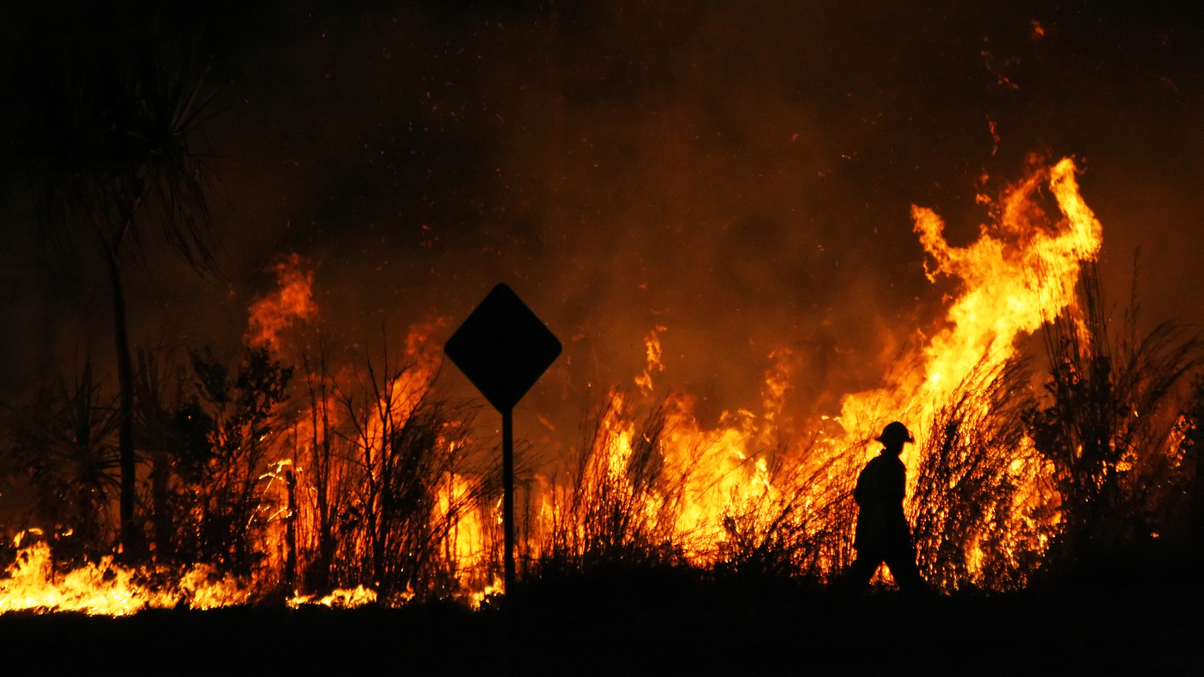IPCC 'code red' report no surprise for institutional investors
Last week, the UN released a report on climate change that shocked many people, but institutional investors who have been integrating ESG in their portfolio were not among them.

A United Nations (UN) report on climate change made headlines last week for stating that humanity was in a “code red” situation with climate change. But for institutional investors, the report was no surprise at all, and merely reiterated the need for strong investor action.
Sign In to Your Account
Access Exclusive AsianInvestor Content!
Please sign in to your subscription to unlock full access to our premium AI resources.
Free Registration & 7-Day Trial
Register now to enjoy a 7-day free trial—no registration fees required. Click the link to get started.
Note: This free trial is a one-time offer.
¬ Haymarket Media Limited. All rights reserved.


